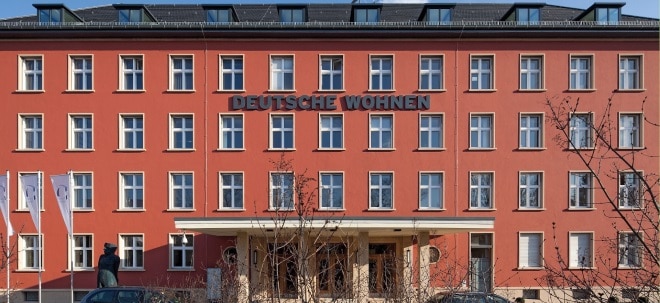Increasing population and incomes in developing countries and a tendency for world trade to expand faster than GDP point to long-term growth in the transport business, the head of Danish shipping and oil group A.P. Moller-Maersk said.
'In our world, there is no doubt that we stand before a period of long-term growth,' Maersk group Chief Executive Nils Smedegaard Andersen told a gathering of financial analysts on Wednesday evening.
Maersk Line is the world's biggest container shipping company and is sometimes seen as a barometer of global trade.
'Traditionally, we have seen container transport grow 2-3.5 times faster than development in global GDP,' Andersen said.
Prospects for population growth in developing countries whose people are becoming wealthier and want to consume things like people in Europe and North America will create plenty of work for a group like Maersk even though there will be bumps in the road, Andersen said.
'We should get used to a world where there will be colossal volatility both in the short and long run, with dramatic upturns and downturns,' he said at the annual New Year's dinner of the Danish Society of Financial Analysts.
'But long-term growth -- that we think is entirely given,' Andersen said.
China's huge workforce as well as those of Asian countries with even lower wage costs than China suggest that outsourcing and offshoring of work will continue as long as the large cost gap exists, Andersen said.
He said factories were likely to continue getting larger, meaning that more and more components would be transported around the globe before products are assembled, so container transport would continue growing faster than the world economy.
'We are a company that has invested heavily in growth,' Andersen said. 'We have invested about 200 billion crowns ($35 billion) over the past five years. That corresponds to about 200 million crowns per work day.'
Despite that big investment programme, A.P. Moller-Maersk had a cash flow from operations of $7.4 billion in the first nine months of 2010, Andersen noted.
'One does not need to be a great mathematician to calculate that it will be about $10 billion for the year,' Andersen said. |


 Thread abonnieren
Thread abonnieren

